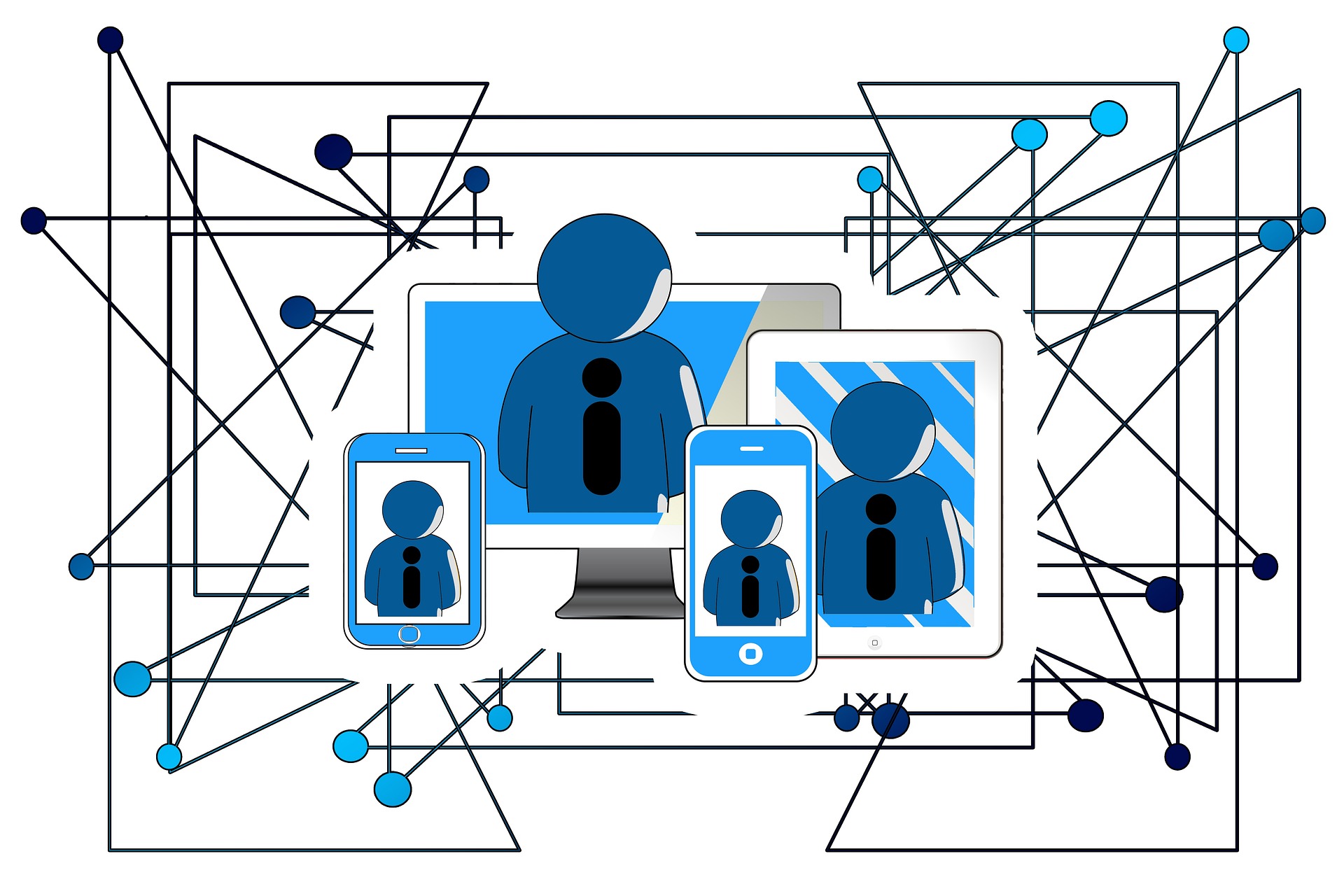Unpacking the Promise of Terrestrial Broadcasting: DAB+ and Its Impact on Modern Connectivity
Digital Audio Broadcasting, or DAB+, is a digital radio standard initially launched in Europe in 1995. As an advanced form of radio broadcasting, it offers multiple benefits over FM, such as superior sound quality and the capacity to transmit various other forms of data. It signaled a shift in the landscape of broadcasting technology, laying the groundwork for a new era of digital connectivity.

The Evolution of DAB+ and Its Adoption Across the Globe
Since its inception, DAB+ has seen significant strides in technological refinement and global adoption. The first DAB+ broadcasts were launched in Australia in 2009, followed by various European countries. Today, it is the primary digital radio standard in several countries, including Norway, which became the first country to completely phase out FM radio in 2017.
DAB+ and the Current Landscape of Broadcasting Technology
While DAB+ may not be as pervasive as internet-based platforms, it continues to play a crucial role in the broadcasting technology landscape. It offers a robust and efficient way of transmitting high-quality digital audio and data. In an era where connectivity is more important than ever, DAB+ provides a reliable and efficient broadcasting medium.
The Impact of DAB+ on Telecommunications
DAB+ has significantly impacted the telecommunications industry by providing a robust, high-quality digital broadcast medium. It’s an important tool for disseminating information, especially in areas with limited or no internet connectivity. However, like any technology, DAB+ also faces challenges, such as the need for dedicated receivers and the competition from internet-based platforms.
Practical Applications and Future Potential of DAB+
DAB+ has practical applications beyond just broadcasting music and news. Its ability to transmit data makes it a useful tool for traffic updates, weather forecasts, and emergency alerts. Moreover, its future potential lies in the integration with other digital platforms, offering seamless and multi-faceted connectivity options for users.
As the world continues to innovate and develop new technologies, DAB+ stands as a testament to the power of digital broadcasting. While the technology landscape continues to evolve, the role of DAB+ in this landscape is an important reminder of the enduring significance of terrestrial broadcasting. The future of DAB+ may be uncertain in the face of new technological developments, but its impact and legacy in the field of telecommunications are undeniable.





